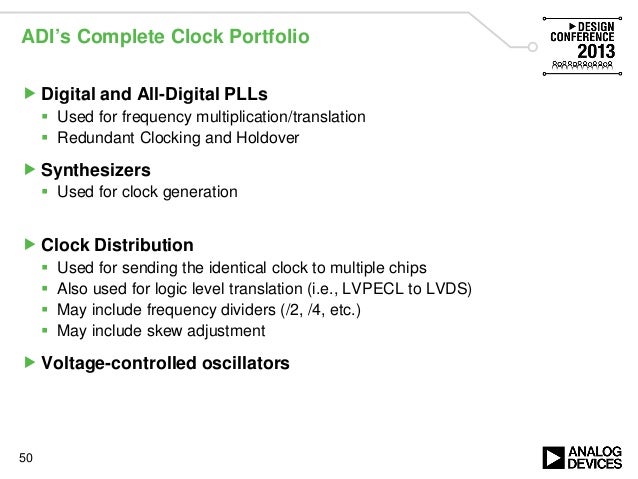Lvds Clock Driver For Mac
LVDS Clock Buffers The Silicon Labs LVDS clock buffers are low-jitter non-PLL based fanout buffers offering industry-leading flexibility while delivering best-in-class performance. With minimal cross-talk and superior supply noise rejection, these buffers simplify low jitter clock distribution in noisy environments. Boasting additive jitter as low as 50-fs RMS, our LVDS buffers deliver up to 10 output clocks from DC to 1250 MHz. The advanced CMOS technology provides fanout 4 clocks from 5 - 710 MHz with guaranteed low additive jitter, low skew, and low propagation delay variability.
Amd hd 3450 driver. No doubt anyone reading this has access to a few ancient laptops and the displays contained within. While those laptops are probably still stuck with a Gig of RAM and Windows ME, the display panels are probably still good. They don’t have HDMI, DVI, or VGA, though, which means those panels will need a converter. Jared had a different idea. Instead of reusing laptop displays with a converter,? He had a RIoT board with a native LVDS connector, and with some clever reverse engineering and PCB fabrication he can put those old displays to work.

Lvds Driver Board
Jared had a very cool sunlight-readable ‘transflective’ LCD from on old Portege R500 laptop. If he was going to take apart one laptop to use with modern hardware, this was the one. Opening up the display he found a tiny connector but no obvious markings of what pins did what. The datasheet was also not to be found., he could figure out what the pins were: shorting the clock freezes the screen, shorting the HSYNC and VSYNC means the screen loses sync. Blues, reds, and greens can be found the same way. With the pins identified,. This is just a small board to break out the very small wires to solderable pads and a driver for the backlight.
With that, and the RIoT with an LVDS output, Jared was able to use new hardware with this old but still serviceable display. Posted in Tagged, Post navigation. Right, but that’s the interesting bit he could tell which ones were LVDS signals by the fact the traces were routed to the connector.in pairs. So, with a little bit of background-knowledge, very-little-risk of blowing that fuse The LVDS-drivers, though do it quick, I guess.
Lvds Clock Driver For Macbook Pro

Lvds Tutorial
And, well, it was being removed from a system that (I assume) is no-longer to be used If I were to reproduce that testing-method (or when I do), (hind-sight being 20/20), I might try to insert a bit of insulating-material between the pins I’m testing, or pull them from the connector, rather’n shorting ’em, but those drivers are apparently pretty resilient. And, anyways, we’re talking 100mV at 100ohms, they probably don’t have a huge drive-strength, they probably won’t burn themselves out (that’s the groovy-whimsical aspect I also give Jared props for) especially being that LVDS is designed for high-speed over long-distances, in-which it’s entirely likely the coaxial cables they (sometimes) run through (might) appear similar to a short (capacitively), when transitioning. A lot of risks taken, from some standpoints, but maybe not as risky as even the well-educated might presume. You can find many driver boards for old LVDS laptop displays on ebay for quite cheap, they can all be converted to VGA, HDMI, DVI or DP (or even all 4 on the same board if you wish), and they’re of much higher quality than these (I’ve tried one awhile back, it had cold and cracked solder joints and was missing a resistor) I’m currently using a 15,4″ 1680×1050 LVDS display with a capacitive touchscreen as the display and controls for my jukebox/media server at home, the driver board I purchased from ebay only cost me $18 and has both DVI and VGA ports It was well worth the money.